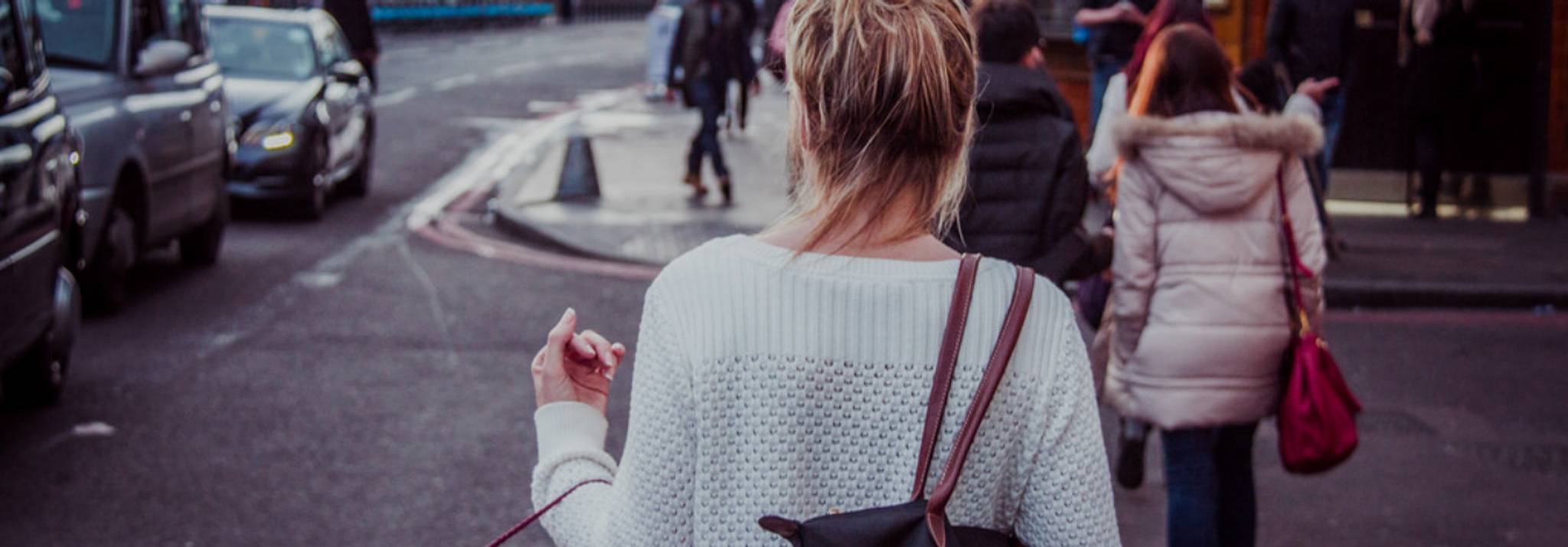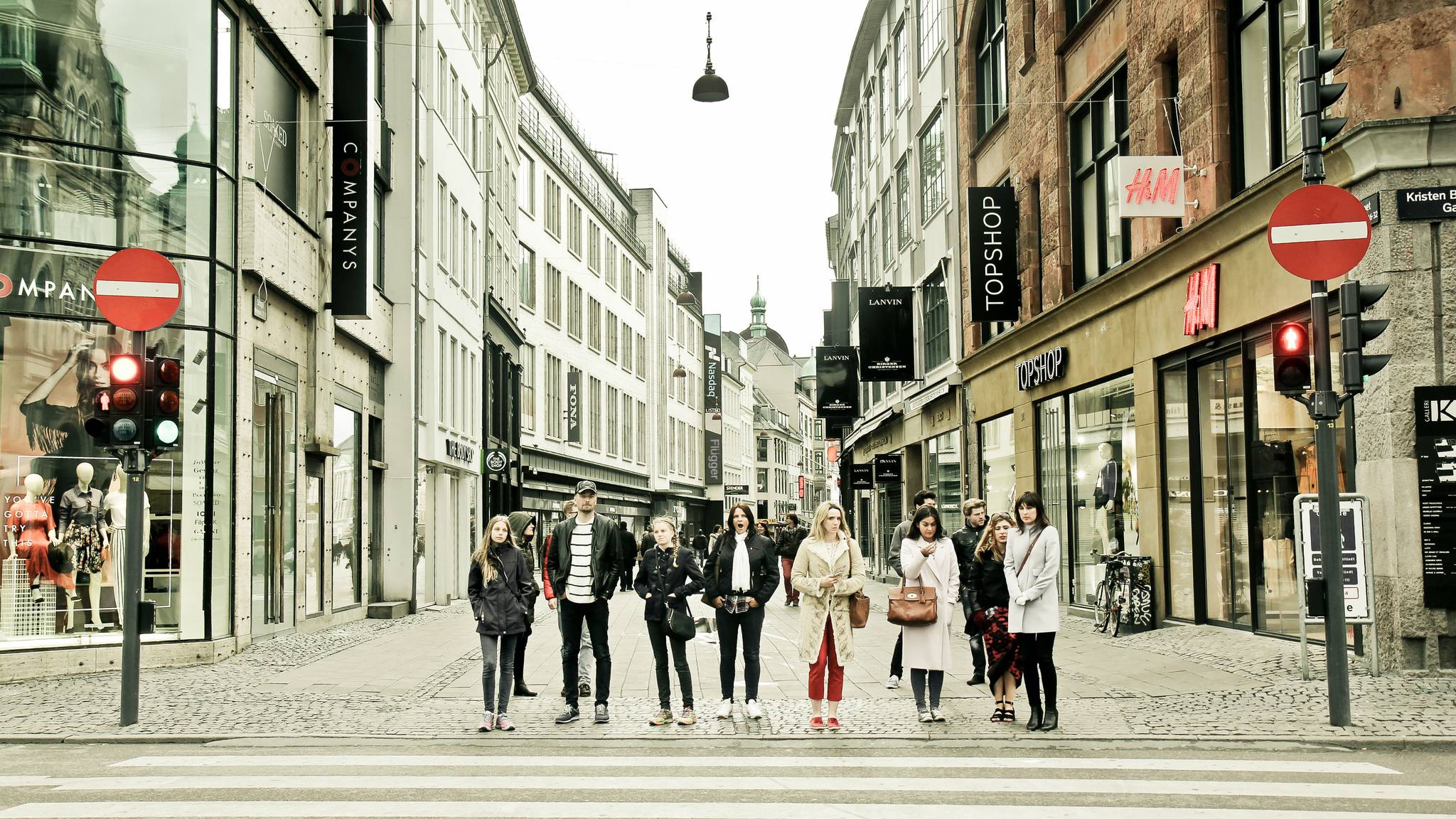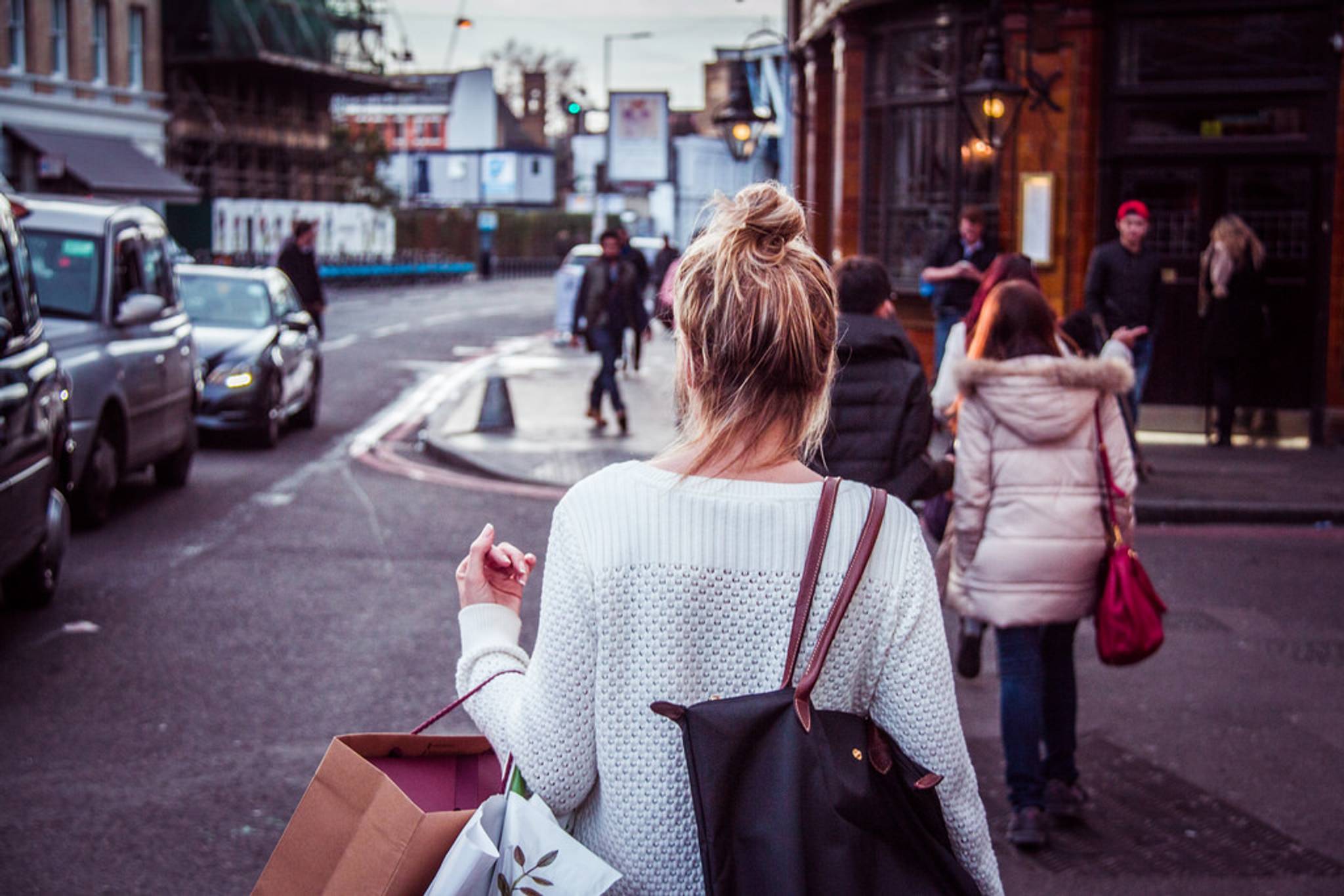
The City of London has announced plans to make Oxford Street – its busiest shopping destination – safer by turning it into a pedestrian-only zone by the end of 2018. It’s hoped that this transformation of one of the world’s most polluted streets will increase footfall and make visiting the area a less stressful experience. We reached out to our expert network to understand how these plans for the British capital could impact retailers, shoppers and locals alike.
----
Philip Hubbard, professor of Urban Studies at King’s College and author of The Battle for The High Street. He explains what the pedestrianisation of Oxford Street could mean for pedestrians themselves.
Pedestrianisation hasn't been much studied in the UK in the last couple of decades, but evidence generally indicates pedestrianisation enhances an area’s reputation as a retail destination and results in a modest increase in retail spend. In the case of Oxford Street, it seems a much better option than the largely unfeasible pedestrian fast/slow lanes, which have been mooted in the past.
That said, the real question marks relate to late night and early morning use, when allowing traffic on to the streets can make those still present on the street feel safer, as antisocial behaviour can be discouraged by providing ‘eyes on the street’ – important in a space like Oxford Street where there’s little residential population.
The type of pedestrianisation envisaged on Oxford Street isn’t necessarily the type of scheme that would work on every high street, with experiments with ‘shared space’ and temporary restrictions more likely to provide flexible, multi-use spaces.
Glynn Davis is editor and founder of Retail Insider and writes about retail for the FT, Caterer & Hotelkeeper, and Retail Bulletin. He explains how the pedestrianisation of Oxford Street could impact retailers.
These kinds of decisions chime with quite a few factors within retail; they're seen as beneficial for town centres, councils and the retailers alike, and they complement other shifts in the way people navigate cities. Between car-sharing schemes, offerings like Uber, and young people not having enough money, there are going to be fewer and fewer cars on the roads. Pedestrianised zones really fit into this shift, although if there's no cycling, that will be an issue for London.
The fresh space between shop fronts poses a huge opportunity too. Retailers could host events, there could be food trucks, pop-ups and so on. There's an opportunity to introduce a wide array of activities, both related to the stores and beyond – all of which will provide constantly changing experiences for consumers.
From a retailer and consumer point of view, I can't really see any downsides – aside from loading stock for retailers. Unless you're stuck on a redirected bus down a side street, ultimately the move should be beneficial to both parties. It could be a great thing for Oxford Street retailers, as footfall would be hugely increased.
More and more roads in London, as well as in other towns and cities, are pedestrianising, street furniture is being removed, pavements are being lowered and more restrictions are being placed on the flow of traffic. We're definitely seeing much more of that; even when traffic is still allowed through, it makes these spaces feel more open.
Dr. Oded Cats is assistant professor in the Department of Transport and Planning at Delft University of Technology. He explains what the pedestrianisation of Oxford Street could mean for public transport.
This is an interesting initiative, which is line with developments we see in other cities across the world, including New York, Seoul, The Hague and Melbourne – to mention a few. The most important ingredients in the success of such initiatives are high levels of accessibility by public transport, providing good solutions for bike traffic as well as bike parking facilities, and ensuring that delivery lorries can easily access the area (typically limited to the early morning hours).
The main benefits of pedestrianising are the increasing quality of the urban environments for residents, workers and visitors, reducing local noise, safety issues and emissions levels, and creating a civic space that becomes an important point of reference to city-dwellers and visitors. It also encourages the usage of efficient, social, sustainable and healthy modes of transport – walking, cycling and public transport.
For such initiatives to succeed in the long-term, it’s important to design a network of pedestrianised streets, squares, parks and alleys in order to create an attractive pedestrian-friendly area that offers and facilitates a range of leisure, cultural and social activities beyond shopping. This is especially important in relation to the competition with e-commerce and malls. A civic place can offer many more opportunities for engagement and inclusiveness.
Jo Allison is editor of Canvas8. Previously, she worked for retail trends consultancy GDR, where shopping was part of the job description. She explains how the pedestrianisation of Oxford Street could impact shoppers.
As the battle between e-commerce and the high street continues, physical stores are changing in an attempt to get people to step away from their screens. But while retail experts discuss how stores should ‘go experiential’, for many people the thought of a less stressful day out shopping might be all it takes. With 58% of Britons believing current levels of air pollution are harmful to their health and 70% citing excessive crowds as being the main drawback to shopping in stores, a destination that’s more serene than stressful could be a big draw.
People currently find shopping on the UK high streets a bit of a nightmare. A study by eBay found that Christmas shopping is so stressful that heart rates increase by 33%, and 60% say they’re shattered after just 32 minutes of shopping. Last year, on behalf of the New West End Company, Harper Dennis Hobbs also conducted a survey. It found that 41% of respondents said that they’d visit more if the area was ‘less crowded’, while 21% said they would go to the West End more ‘if it was pedestrianised’.
The decision to pedestrianise is timely. When the Crossrail opens in December 2018, more than one million additional shoppers are set to visit every year. And given that people stay loyal to brands that they think care about them, positioning the move as an attempt to improve shopper wellbeing may also strengthen locals’ and tourists’ positive associations with the destination.
Lore Oxford is cultural editor at Canvas8, which specialises in behavioural insights and consumer research. She previously ran her own science and technology publication and was a columnist for Dazed and Confused. When she’s not busy analysing human behaviour, she can be found defending anything from selfie culture to the Kardashians from contemporary culture snobs.



